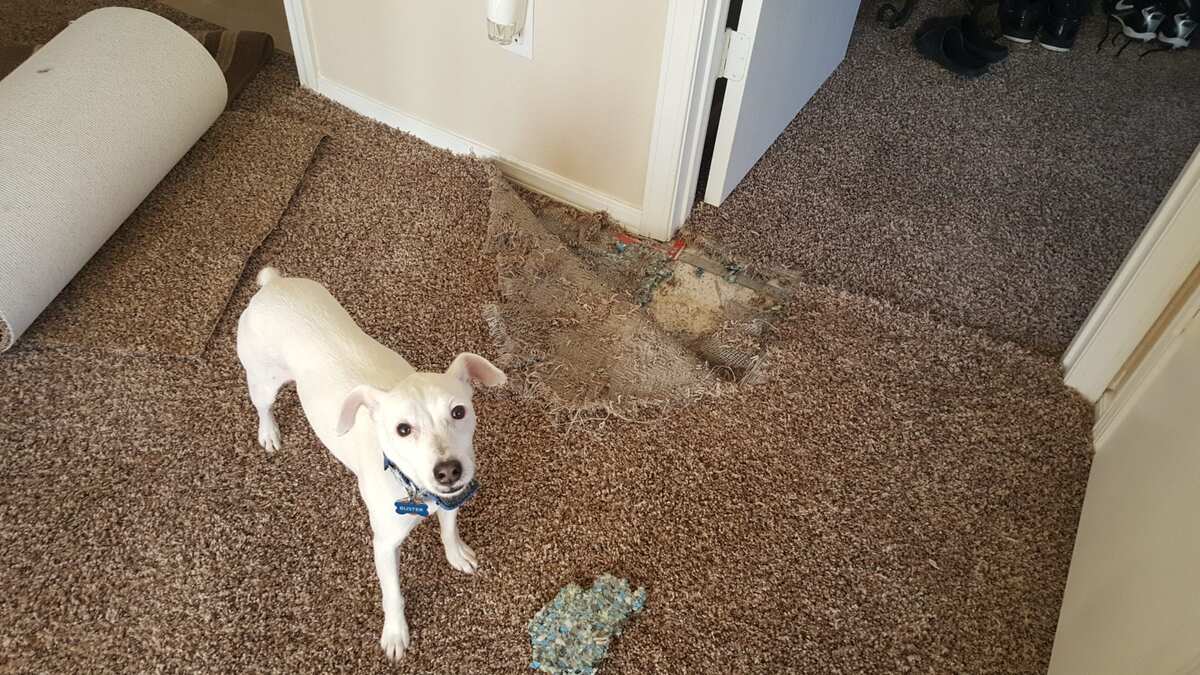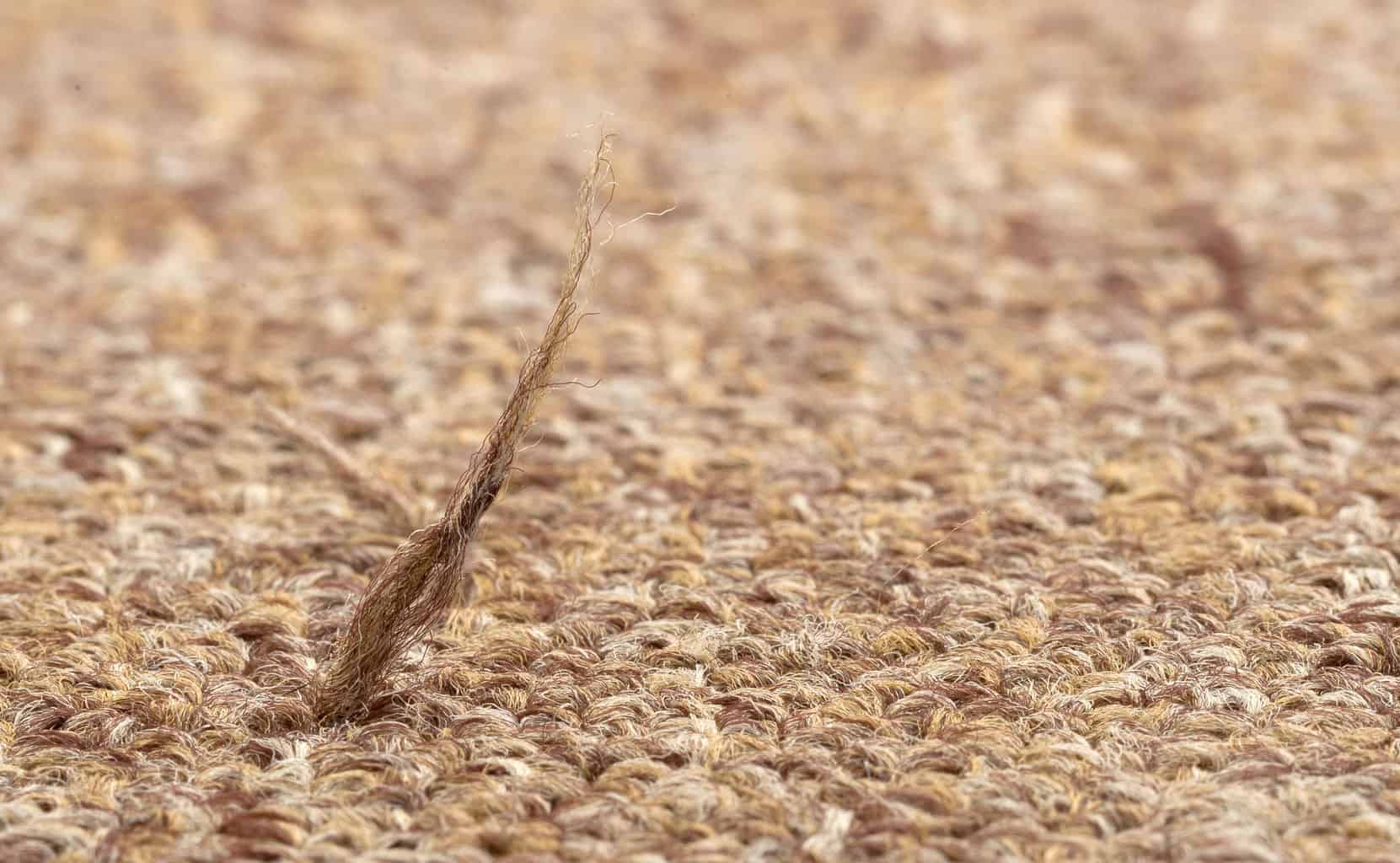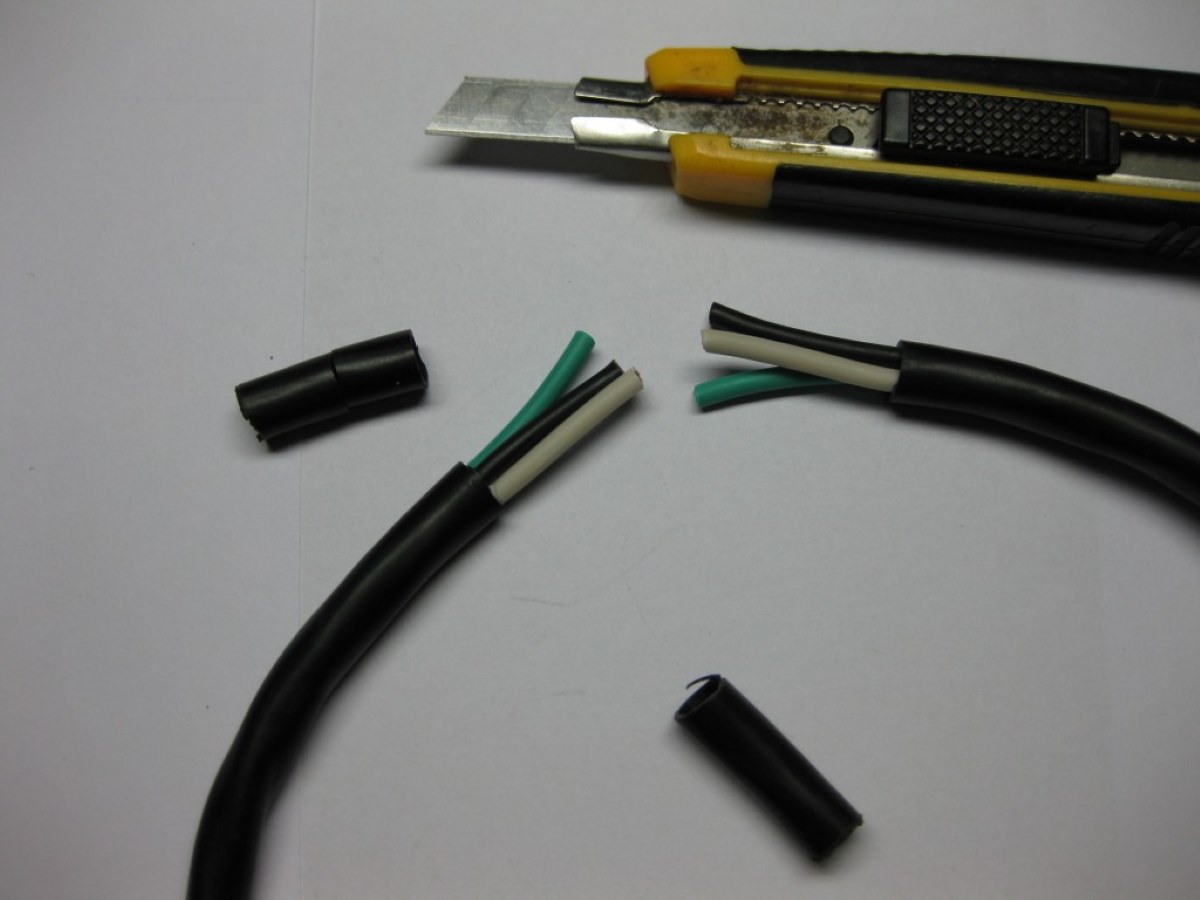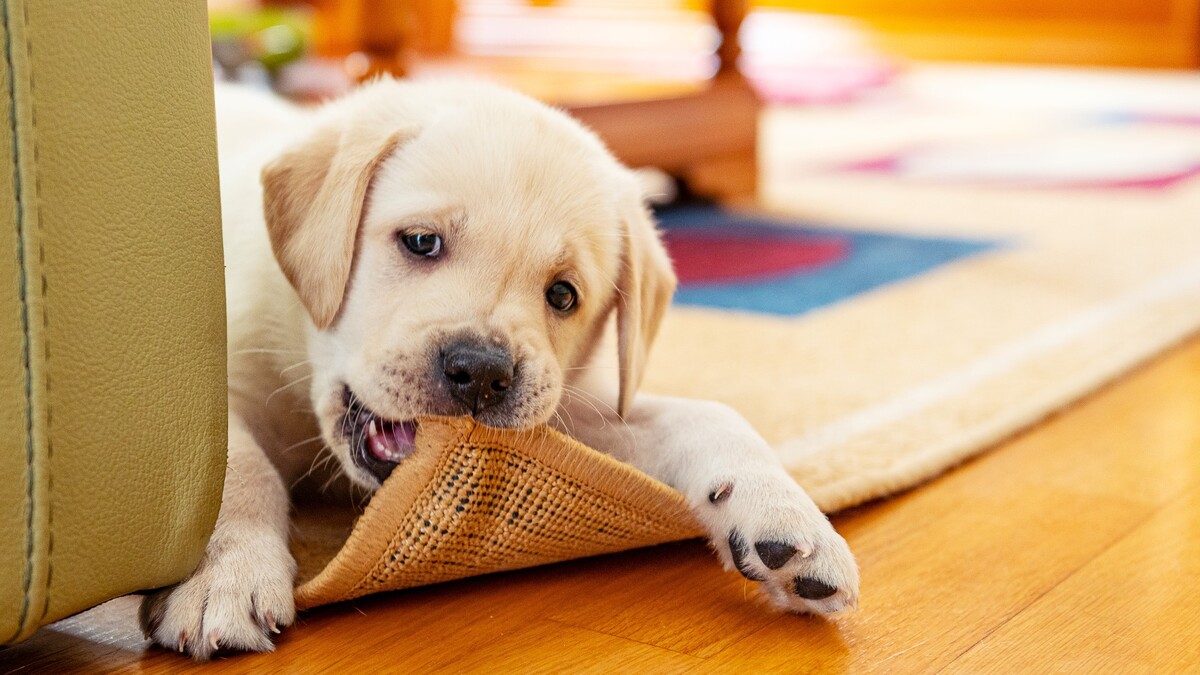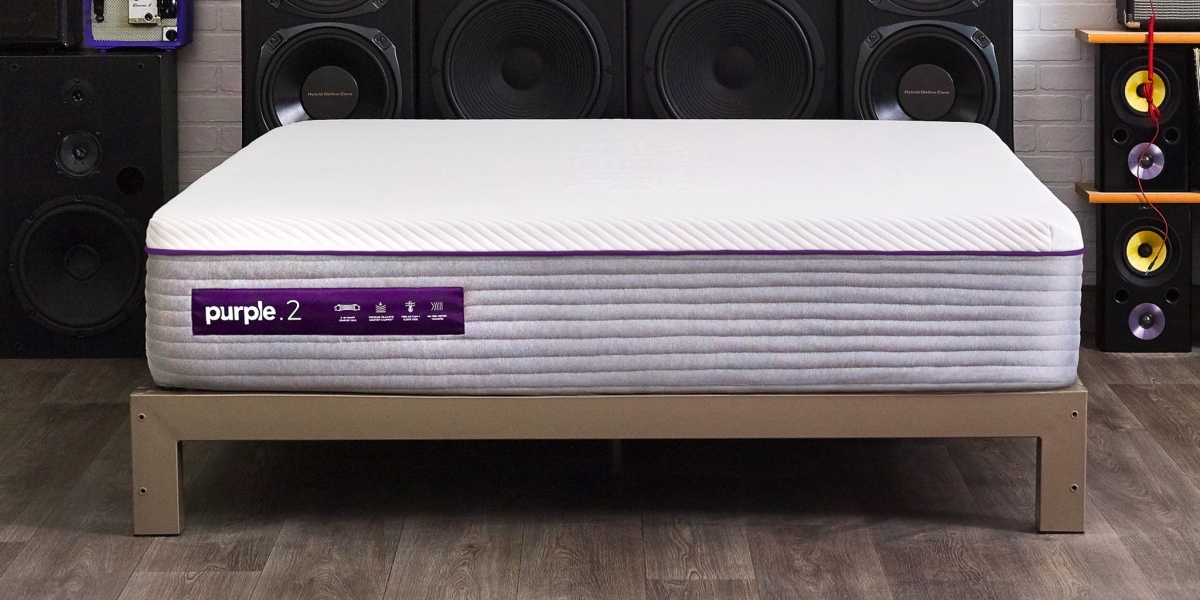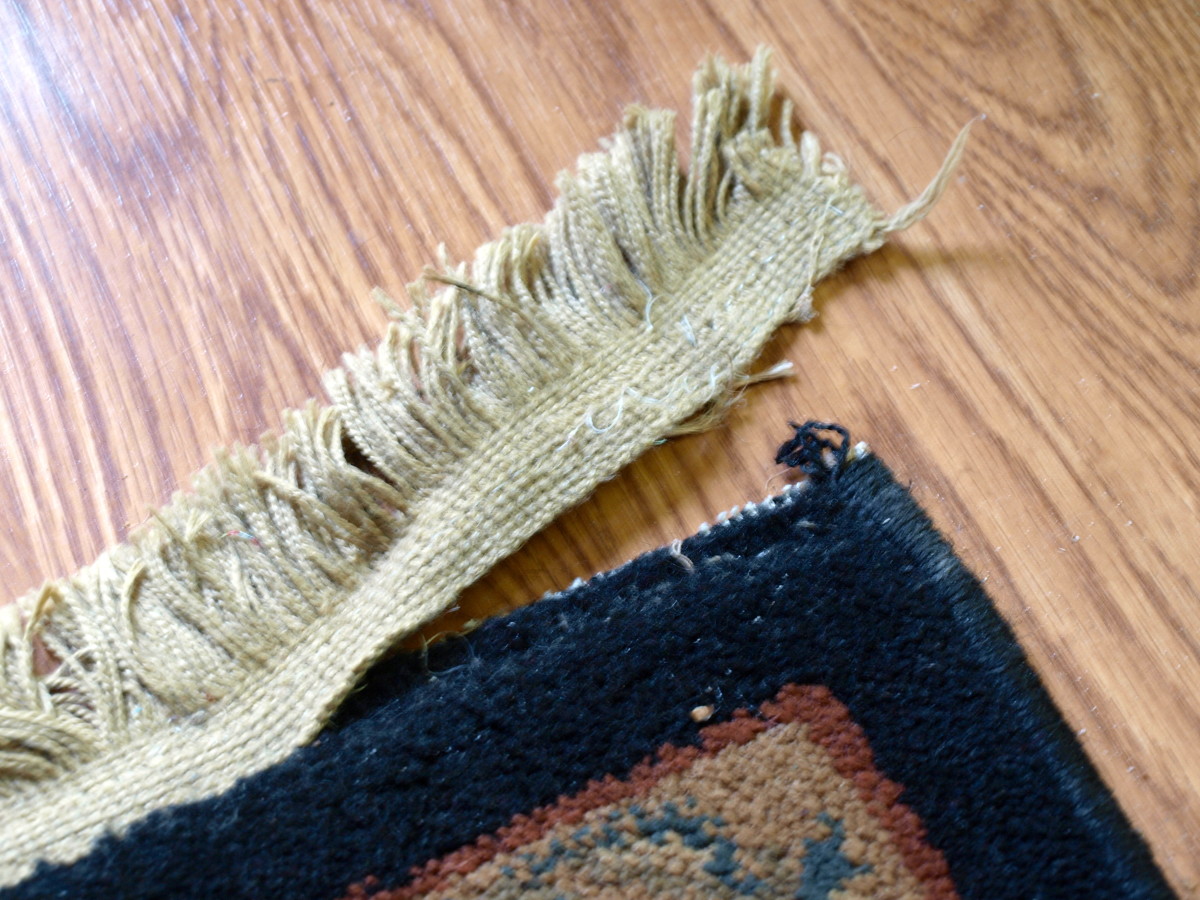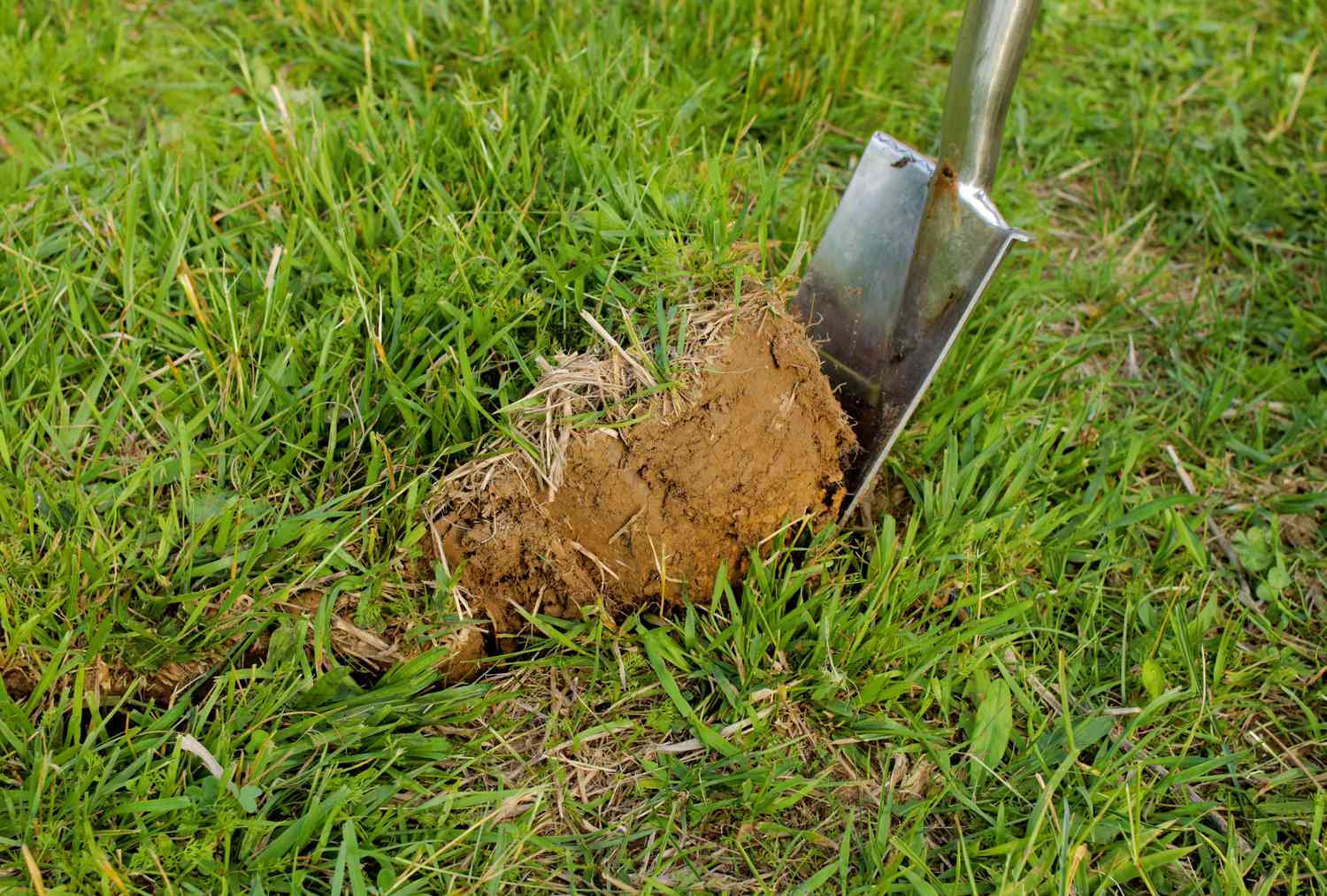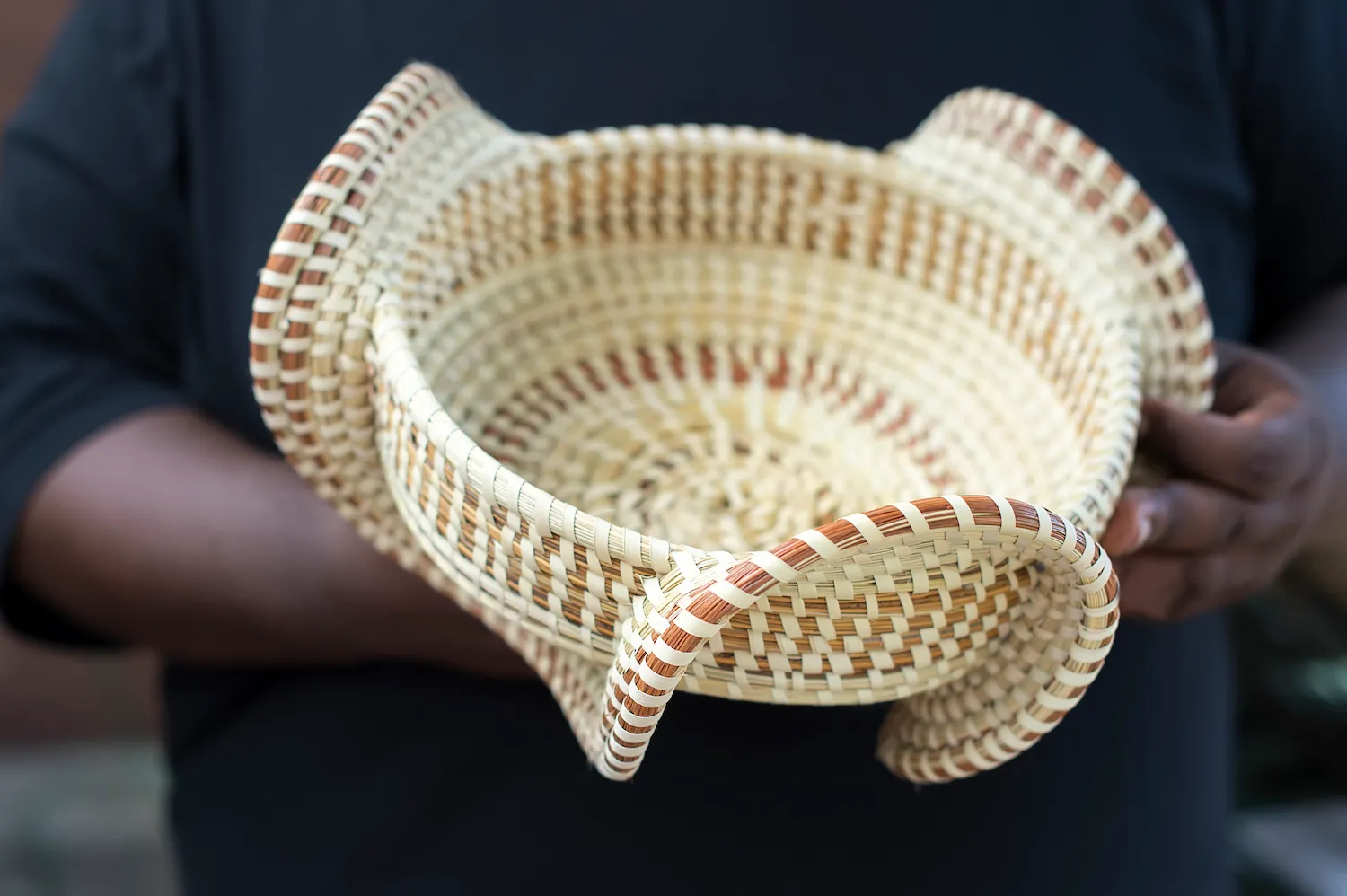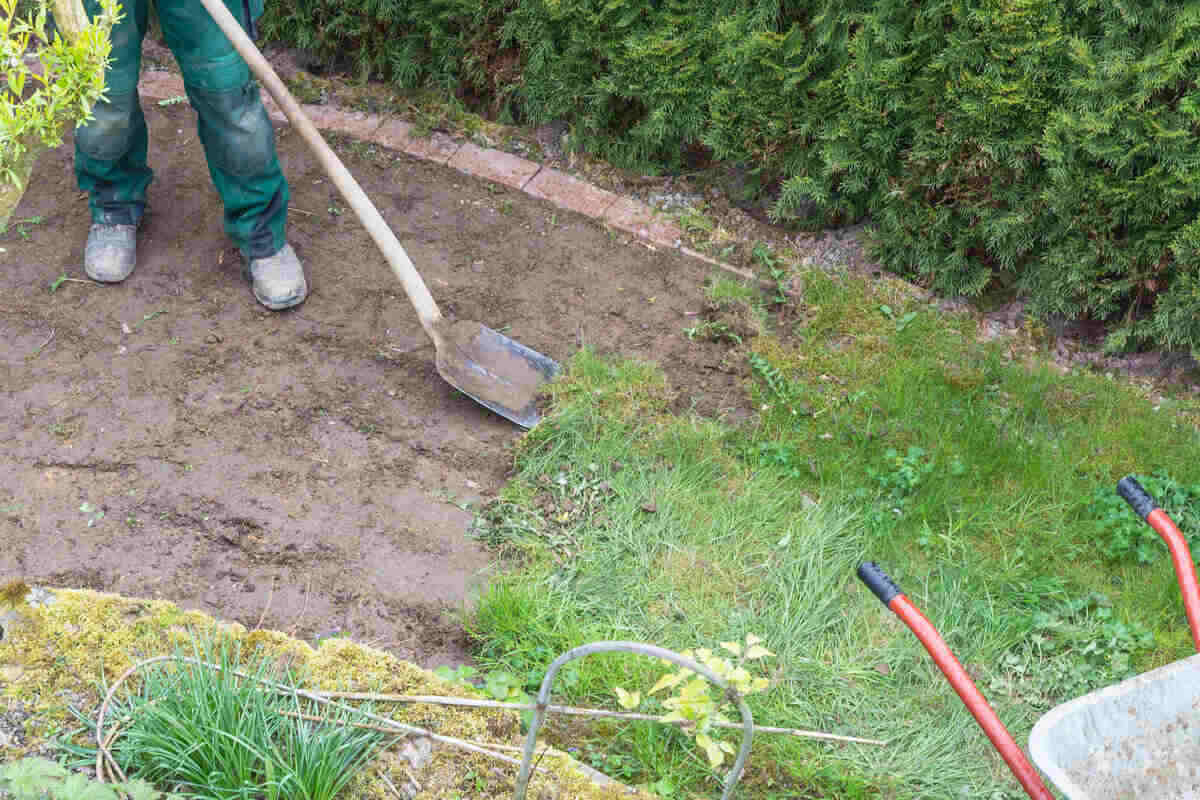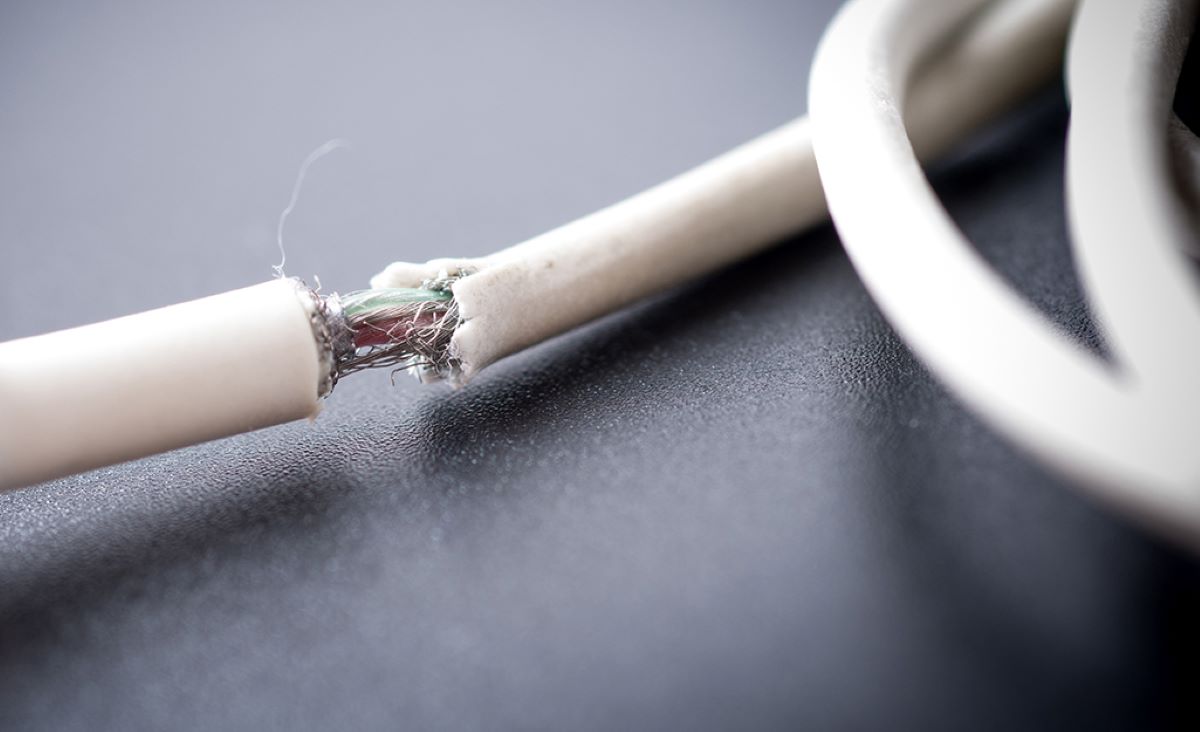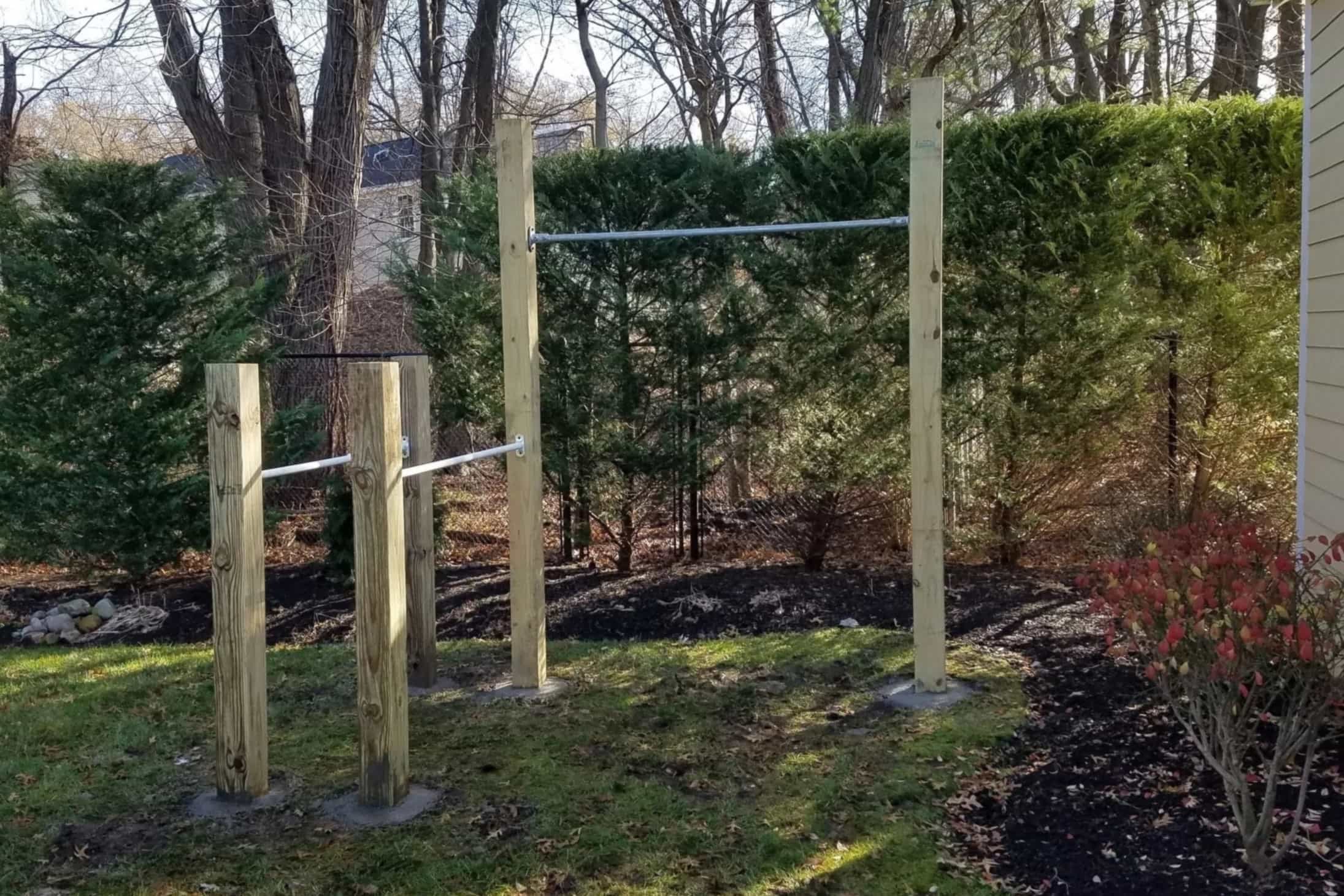Home>Articles>How To Fix A Carpet That Has Been Pulled Up By A Dog
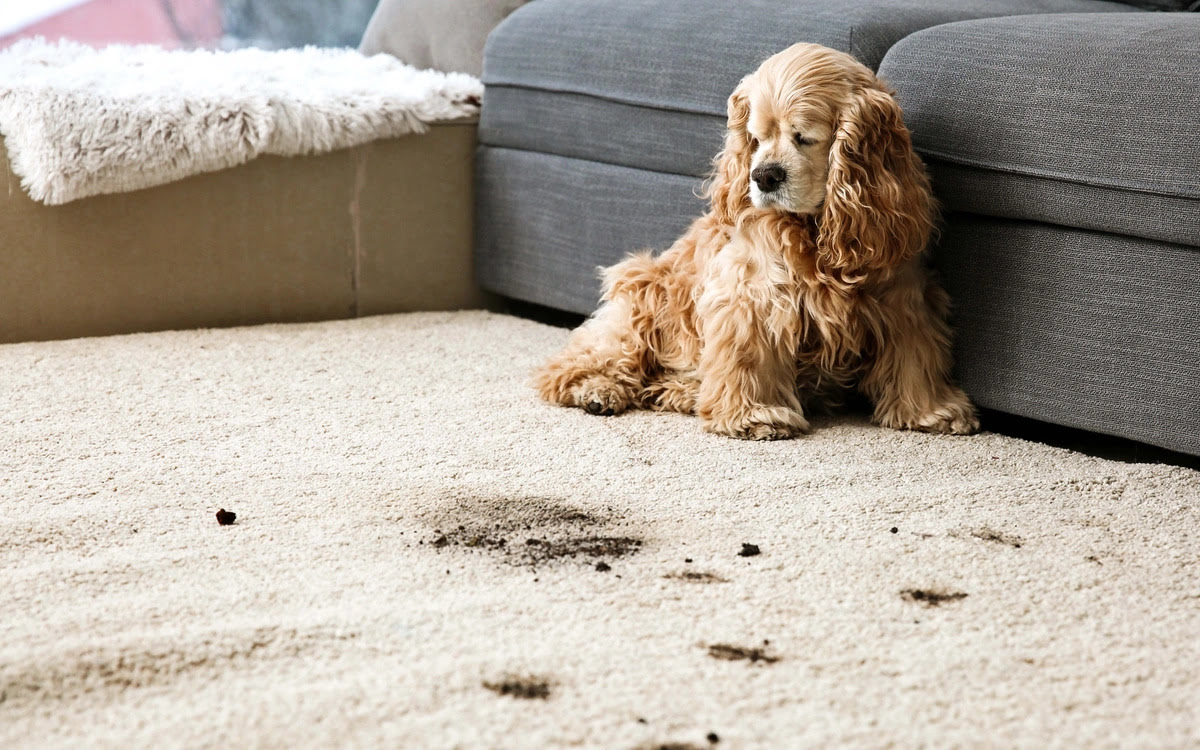

Articles
How To Fix A Carpet That Has Been Pulled Up By A Dog
Modified: February 25, 2024
Learn how to fix a pulled up carpet caused by your dog with our informative articles. Our step-by-step guides will help you restore your carpet to its original condition.
(Many of the links in this article redirect to a specific reviewed product. Your purchase of these products through affiliate links helps to generate commission for Storables.com, at no extra cost. Learn more)
Introduction
Having a furry friend can bring so much joy and happiness into our lives. However, sometimes our beloved pets can also wreak havoc around the house. One common issue that many pet owners face is their dog pulling up the carpet. Whether it’s out of curiosity, boredom, or simply a mischievous act, a dog pulling up carpet can be a frustrating problem to deal with. But don’t worry, there are solutions to fix this issue and restore your carpet to its original condition.
In this article, we will guide you step-by-step on how to fix a carpet that has been pulled up by a dog. We will provide you with practical tips, techniques, and instructions to help you repair your carpet and prevent future incidents. So, let’s dive in and get your carpet back in shape!
Key Takeaways:
- Assess the damage and choose the right repair method based on the extent of the damage and your carpet type. Consider professional help for extensive damage or if you’re unsure of your repair skills.
- Prevent future incidents by providing exercise and mental stimulation for your dog, supervising their access, training and redirecting their behavior, and using protective measures like carpet runners.
Read more: How To Fix A Carpet Pulled Up By A Cat
Assessing the Damage
Before you begin repairing a carpet that has been pulled up by your dog, it’s important to assess the extent of the damage. This will help you determine the best course of action and the materials you’ll need for the repair.
Start by examining the area where the carpet has been pulled up. Look for any tears, rips, frayed edges, or loose threads. Take note of the size and location of the damage, as this will impact the repair process.
If the damage is minimal and confined to a small area, you may be able to repair it yourself. However, if the damage is extensive or if you’re unsure of your repair skills, it’s recommended to seek professional help. Professional carpet repair services have the expertise and tools to effectively fix the damage and ensure a seamless and long-lasting result.
Additionally, consider the type of carpet you have. Different carpet materials and styles may require specific repair techniques and materials. If you have the information or documentation about your carpet’s type and manufacturer, it can be helpful to consult it or reach out to the manufacturer for guidance.
By carefully assessing the damage, you’ll be able to make informed decisions about the repair process and ensure that you have the necessary tools and materials on hand.
Removing Pet Hair and Debris
Before you can proceed with repairing the pulled-up carpet, it’s essential to remove any pet hair and debris that may be trapped underneath. This will ensure a clean and smooth surface for the repair.
Here’s how you can effectively remove pet hair and debris:
- Start by using a vacuum cleaner with a brush attachment to thoroughly vacuum the area. Pay close attention to the pulled-up section, as well as the surrounding area.
- If there are stubborn pet hairs that are difficult to remove, you can use a stiff bristle brush or a rubber grooming brush to loosen them. Brush in the direction of the carpet fibers to avoid causing any further damage.
- After brushing, vacuum the area again to pick up the loosened pet hair and debris.
- If there are any remaining smaller particles or debris, you can use a sticky lint roller or adhesive tape to lift them off the carpet. Simply roll the lint roller or press the tape onto the affected area and gently peel away.
It’s important to be thorough when removing pet hair and debris to ensure that the repaired area will lay flat and adhere properly. By following these steps, you’ll have a clean surface to work with and increase the chances of a successful repair.
Repairing the Carpet
Once you’ve assessed the damage and removed any pet hair and debris, it’s time to repair the pulled-up carpet. The specific technique you’ll use will depend on the extent of the damage and the type of carpet you have. Here are some common repair methods:
- Reattaching a Small Area: If the damage is minimal and limited to a small area, you may be able to simply reattach the carpet. Apply a carpet adhesive to the backing of the carpet and press it firmly back into place. Use a rolling pin or a heavy object to ensure proper adhesion. Allow the adhesive to dry according to the manufacturer’s instructions before walking on the repaired area.
- Patching: If the damage is more significant or if the carpet cannot be reattached, patching is often required. Start by cutting out the damaged section of the carpet using a carpet cutter or utility knife. Take care to make clean and precise cuts. Then, cut a replacement piece of carpet from an inconspicuous area such as a closet or under furniture. Make sure the replacement piece matches the existing carpet in terms of color, texture, and pile direction. Apply adhesive to the edges of the replacement piece and press it into the cut-out area. Use a rolling pin or heavy object to ensure a smooth and even surface.
- Seaming: In some cases, the pulled-up carpet may require seaming. This is necessary when the damage extends across a seam or when a patch is not feasible. To seam the carpet, use a carpet seaming iron and seaming tape. Place the seaming tape underneath the carpet and apply heat using the seaming iron. Press the edges of the carpet onto the heated tape to create a strong bond. Trim any excess carpet fibers to ensure a seamless appearance.
Remember to follow the specific instructions provided with the adhesive, patch, or seaming materials you’re using. Take your time and work carefully to achieve the best results. If you’re unsure about any step of the repair process, consult a professional to ensure a proper and long-lasting fix.
Use a seam adhesive to reattach the carpet to the tack strips. Trim any frayed edges and secure with a knee kicker and carpet stretcher for a smooth finish.
Securing the Carpet Back in Place
After repairing the pulled-up carpet, it’s crucial to secure it back in place to prevent any further damage or displacement. Here’s how you can effectively secure the carpet:
- Using Carpet Tacks: If your carpet was originally secured with carpet tacks, you can reposition them to secure the repaired area. Start by locating the existing tack strips along the perimeter of the damaged area. Carefully lift the carpet and use a hammer to reposition the tacks, ensuring they penetrate the carpet backing and hold it securely in place. Be cautious not to hammer too hard, as it can damage the carpet fibers or backing.
- Using a Carpet Adhesive: If your carpet was originally installed using a carpet adhesive, you can use the same adhesive to secure the repaired section. Apply adhesive to the backing of the repaired area, as well as along the edges. Press the carpet firmly into place and use a rolling pin or heavy object to ensure proper adhesion. Allow the adhesive to dry completely before walking on the repaired area.
- Using Transition Strips: If the repair involves a transition between different types of flooring or different rooms, you may need to use transition strips to secure the carpet. Transition strips are available in various materials and styles, such as metal or vinyl. Follow the manufacturer’s instructions to install the transition strip and secure the carpet to it.
Properly securing the carpet back in place is crucial to ensure its longevity and stability. Choose the method that is most suitable for your carpet and follow the instructions carefully. If you’re unsure or uncomfortable with this step, it’s advisable to seek professional assistance to ensure a secure and professional finish.
Read more: How To Pull Up A Carpet
Preventing Future Incidents
Once you’ve repaired and secured the pulled-up carpet, it’s important to take steps to prevent future incidents. Here are some measures you can take to keep your carpet safe from your dog’s curious paws:
- Provide Sufficient Exercise and Mental Stimulation: A tired and mentally stimulated dog is less likely to engage in destructive behaviors. Make sure your dog gets regular exercise and playtime to expend their energy and keep them entertained.
- Supervise and Limit Access: If your dog has a tendency to pull up the carpet in certain areas, consider limiting their access to those areas when you cannot directly supervise them. Use baby gates or closed doors to prevent them from reaching those areas.
- Train and Redirect Behavior: Use positive reinforcement training techniques to teach your dog appropriate behavior and redirect their attention away from the carpet. Reward them for good behavior and provide them with appropriate chew toys or puzzles to keep them engaged.
- Protective Measures: If certain areas of the carpet are prone to damage, consider using protective measures such as carpet runners, mats, or clear vinyl carpet protectors. These can act as a barrier and help prevent direct contact between your dog’s paws and the carpet.
- Regular Grooming: Keeping your dog’s nails trimmed can help reduce the risk of them causing damage to the carpet when they scratch or paw at it.
- Consult with a Professional: If your dog’s destructive behavior persists or becomes a significant concern, it may be beneficial to consult with a professional dog trainer or behaviorist for guidance and assistance in addressing the issue.
By implementing these preventive measures, you can minimize the chances of your dog pulling up the carpet again and maintain a safe and damage-free environment for both your dog and your flooring.
Conclusion
Dealing with a carpet that has been pulled up by your dog can be a frustrating situation, but with the right approach, you can restore your carpet to its original condition. By assessing the damage, removing pet hair and debris, repairing the carpet using appropriate techniques, securing it back in place, and implementing preventive measures, you can successfully address this issue and prevent future incidents.
Remember to take the time to assess the extent of the damage and determine whether it’s something you can handle on your own or if professional assistance is required. Pay attention to the type of carpet you have to ensure you use the appropriate repair techniques and materials.
When repairing the carpet, be patient and meticulous to achieve the best results. Take care to secure the carpet back in place using the proper methods, whether it’s carpet tacks, adhesive, or transition strips.
Lastly, invest in preventative measures to protect your carpet and discourage your dog from engaging in destructive behaviors. Providing sufficient exercise, supervision, and mental stimulation, as well as redirecting their behavior and implementing protective measures, can go a long way in preserving the integrity of your carpet.
By following these steps and taking proactive measures, you can address the issue of a pulled-up carpet caused by your dog and maintain a beautiful and damage-free home environment for both you and your furry friend.
Frequently Asked Questions about How To Fix A Carpet That Has Been Pulled Up By A Dog
Was this page helpful?
At Storables.com, we guarantee accurate and reliable information. Our content, validated by Expert Board Contributors, is crafted following stringent Editorial Policies. We're committed to providing you with well-researched, expert-backed insights for all your informational needs.
